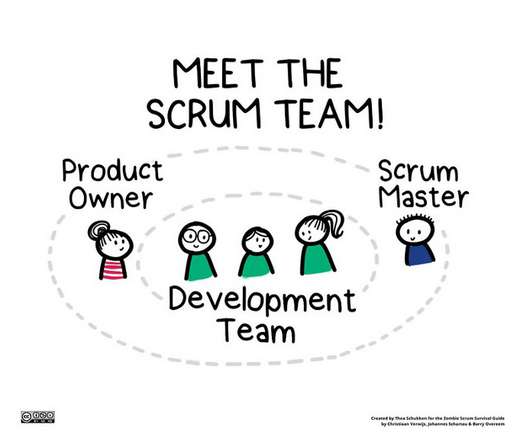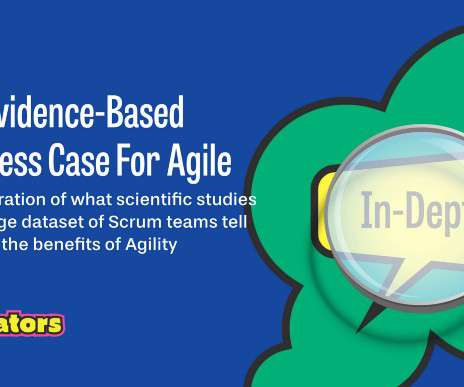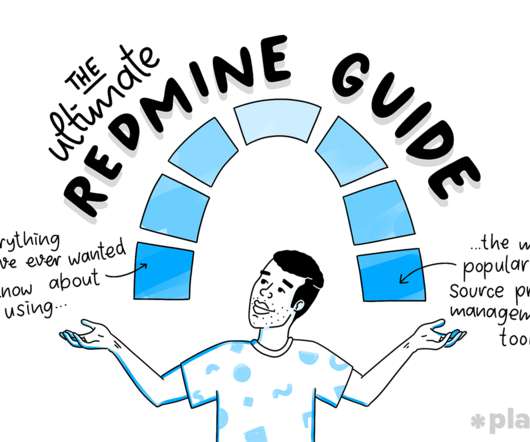How To Base Your Beliefs About Agile On Evidence
Scrum.org
FEBRUARY 4, 2022
This post is for anyone who wants to inspire, change or influence others through their efforts as professionals, with emphasis on the latter. I think you should read this post, and take it to heart when you write content that is aimed at influencing others. References in academic papers are also a good source.
























Let's personalize your content